The Ultimate Cantaloupe Companion Planting Chart
The Ultimate Cantaloupe Companion Planting Chart
Cantaloupes are a delicious and refreshing fruit that can be enjoyed in the summer. But did you know that companion planting can help you grow healthier and more productive cantaloupe plants?
Companion planting is the practice of planting different types of plants together in order to create beneficial relationships between them. Some plants help to attract beneficial insects, while others help to repel pests. Some plants even help to improve the soil quality, which can benefit all of the plants in your garden.
When it comes to cantaloupes, there are a few specific plants that are especially beneficial to companion planting. These include:
- Marigolds: Marigolds are a popular companion plant for many different types of vegetables, and they are especially beneficial for cantaloupes. Marigolds help to repel pests like cucumber beetles and squash bugs, which can be a major problem for cantaloupe plants.

- Nasturtiums: Nasturtiums are another great companion plant for cantaloupes. They help to attract beneficial insects like ladybugs and lacewings, which prey on pests. Nasturtiums also help to improve the soil quality, which can benefit all of the plants in your garden.
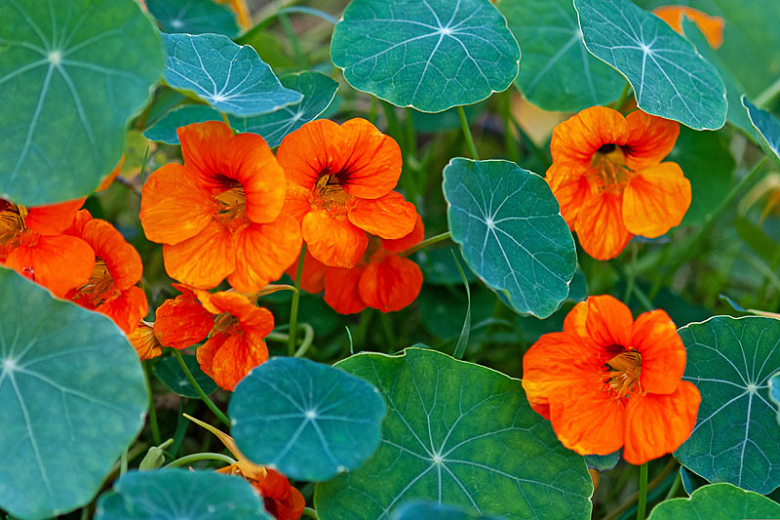
- Alliums: Alliums, such as onions, garlic, and chives, make excellent companion plants for cantaloupes. They help to repel pests like root-knot nematodes and aphids. Alliums also help to improve the flavor of cantaloupes.
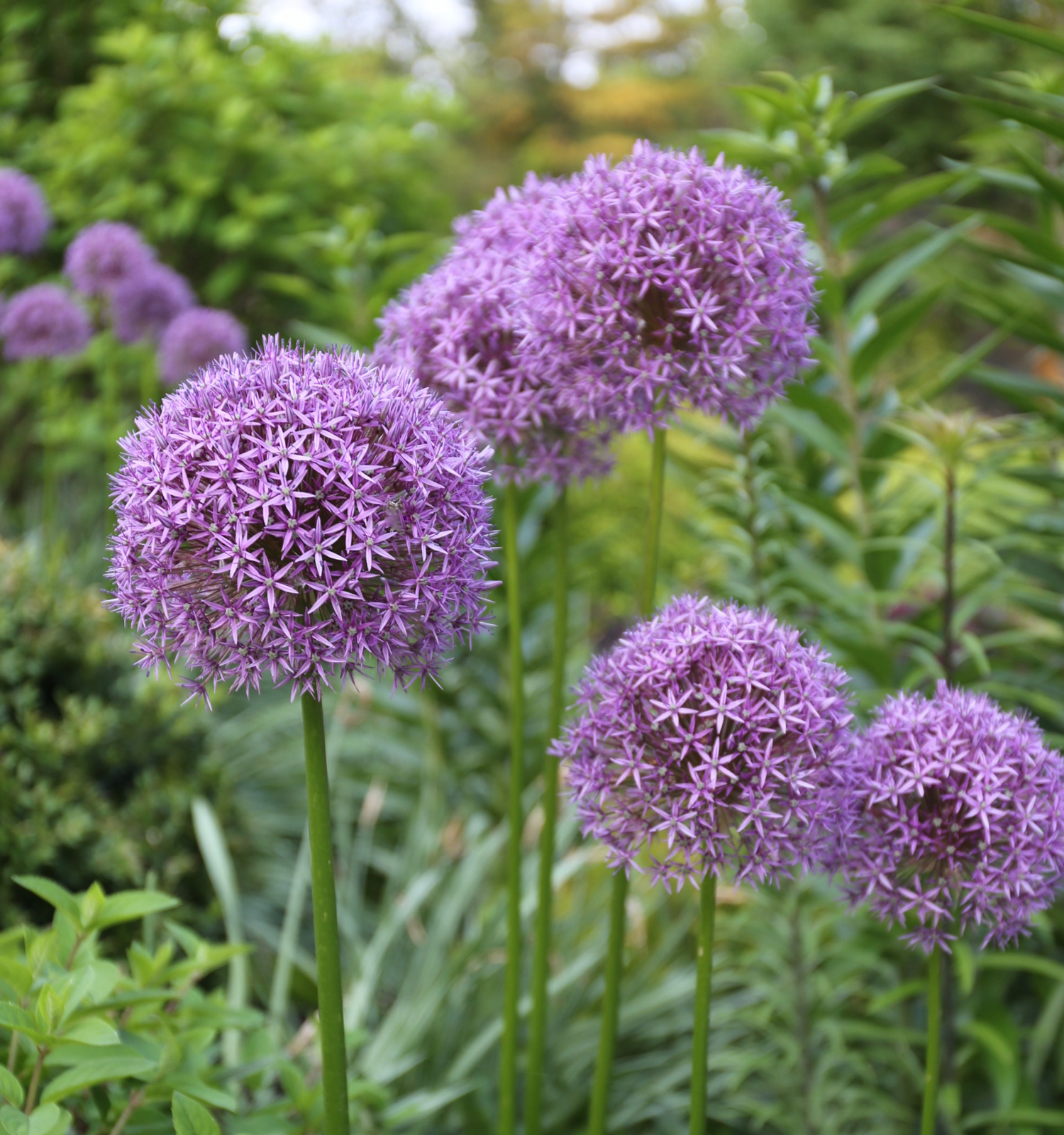
- Carrots: Carrots help to improve the soil quality, which can benefit all of the plants in your garden. They also help to repel pests like carrot root fly.
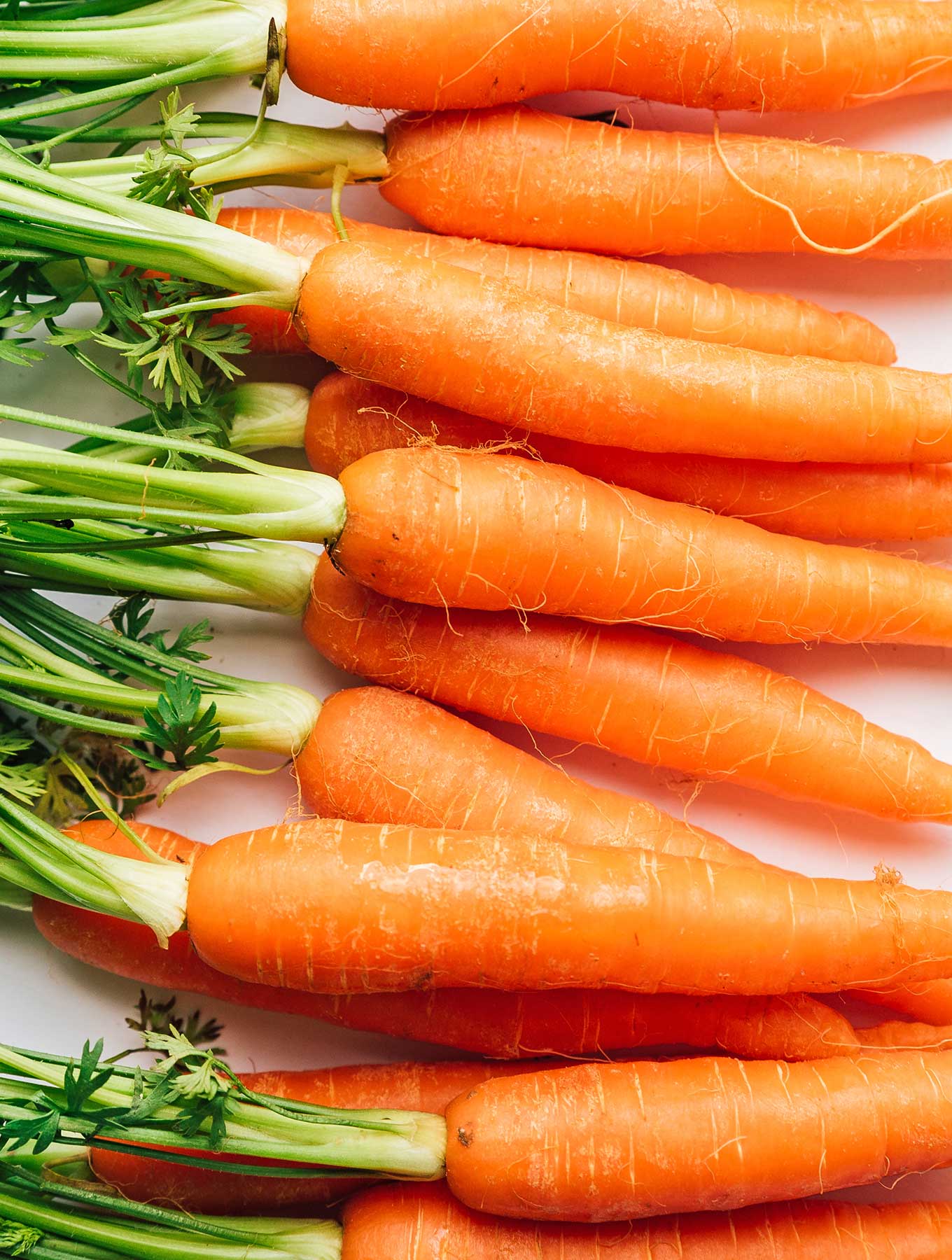
- Bee Balm: Bee balm is a beautiful, brightly-colored flower that also helps to attract beneficial pollinators like bees and butterflies to your garden. Pollinators are essential for the pollination of cantaloupes, so having plenty of bees and butterflies around will help to ensure a good harvest.
- Bush Beans: Bush beans, and all legumes, are real rockstars in the garden! They help to fix nitrogen in the soil, which is essential for plant growth. They also help to repel pests like Mexican bean beetles.
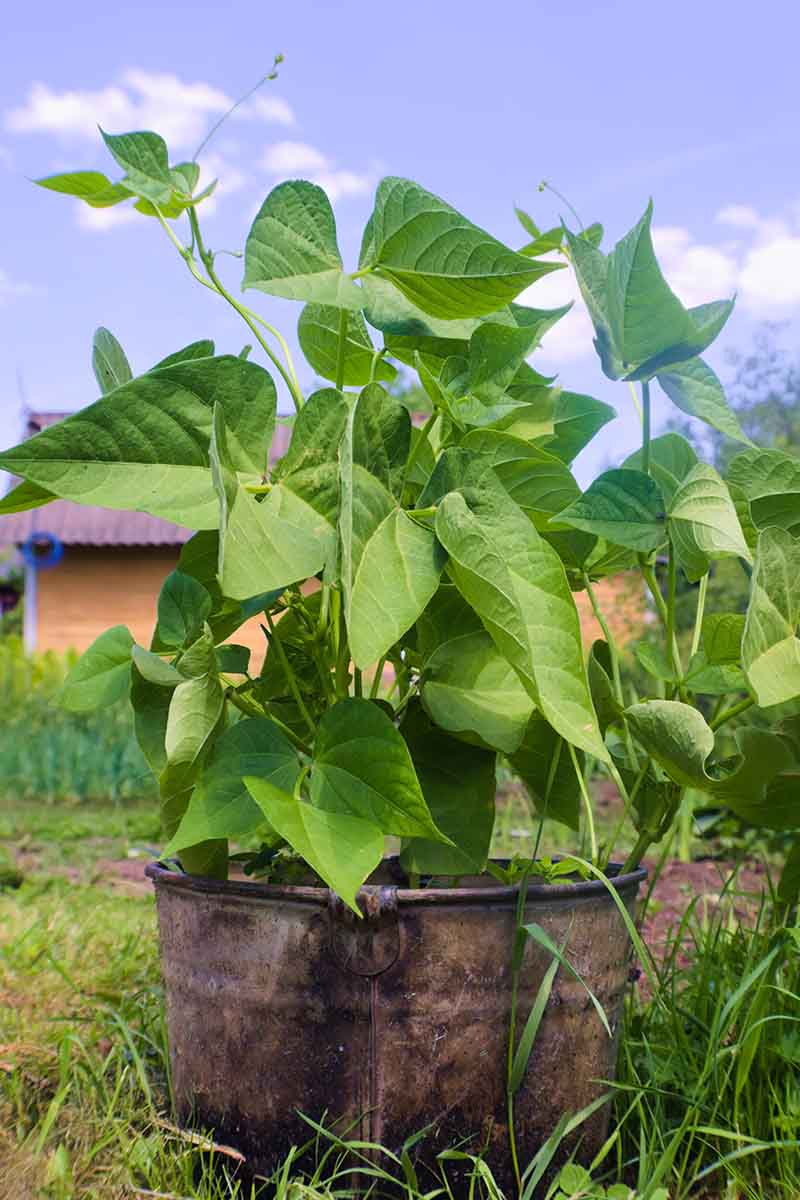
- Collard Greens: Collard greens make an excellent companion plant for cantaloupes. They help to suppress weeds and improve the soil quality. They also help to repel pests like cabbage loopers.
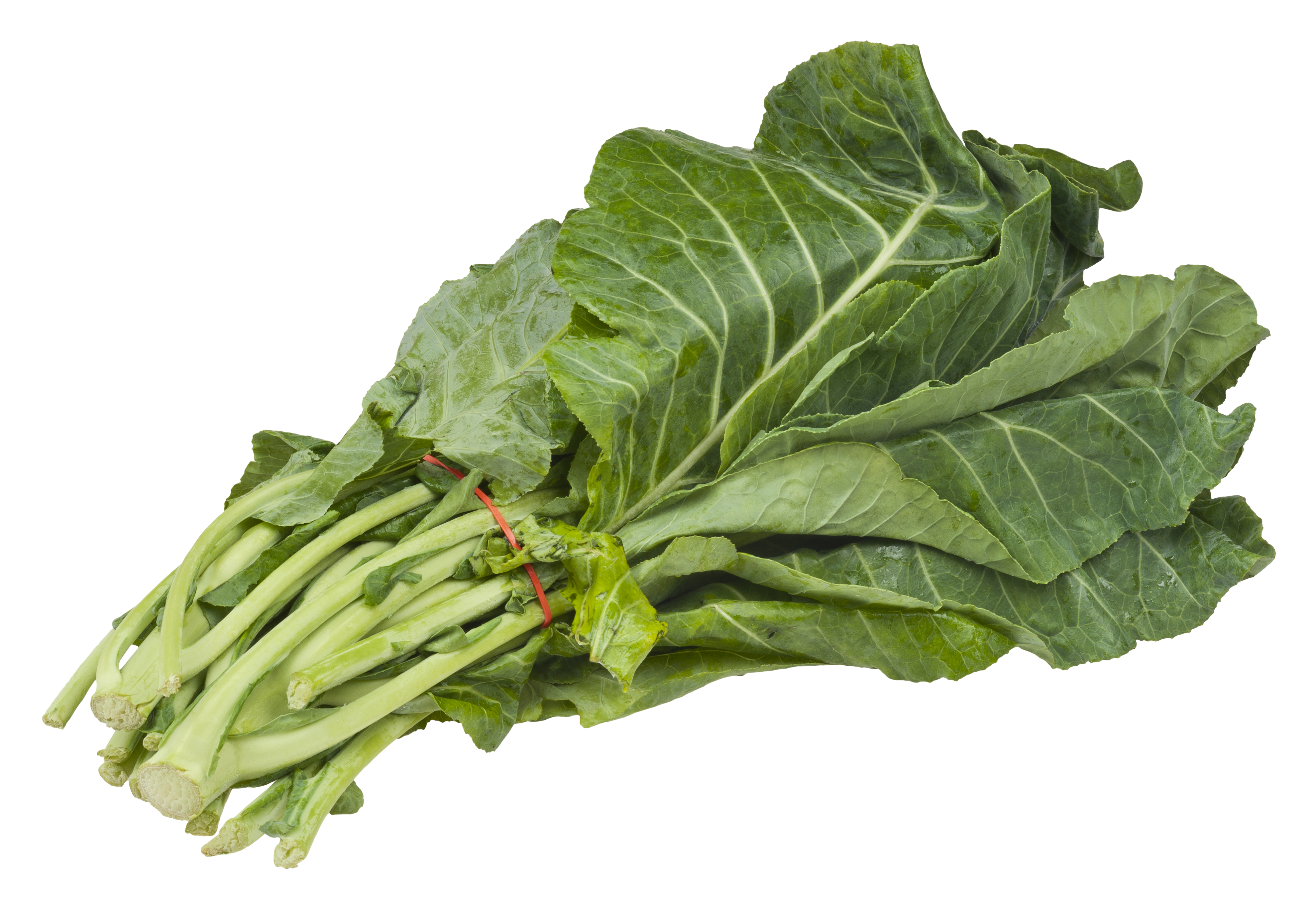
- Lettuce: Lettuce is a good companion plant for cantaloupes because it helps to attract beneficial insects like ladybugs and lacewings. Lettuce also helps to suppress weeds and improve the soil quality.
- Tansy: Tansy is a herb that helps to repel pests like striped cucumber beetles and squash bugs. It is also a good companion plant for other herbs, such as basil and mint.

In addition to these specific plants, there are a few general principles that you can follow when companion planting cantaloupes. These include:
- Plant tall plants in the back and shorter plants in the front. This will help to prevent the taller plants from shading the shorter plants.
- Plant plants with similar water needs together. This will help to ensure that all of the plants in your garden are getting the water they need.
- Avoid planting plants that are susceptible to the same pests or diseases together. This will help to prevent the spread of pests and diseases.
By following these principles, you can create a thriving garden of cantaloupes and other vegetables.
Cantaloupes are a delicious and refreshing summer fruit, but they can be tricky to grow. One way to improve your chances of success is to plant companion plants with your cantaloupes. Companion plants are those that benefit each other when grown together. For cantaloupes, some of the best companion plants include:
- Marigolds: Marigolds help to repel pests, such as cucumber beetles and squash bugs.
- Nasturtiums: Nasturtiums also help to repel pests, and they also attract beneficial insects, such as ladybugs and lacewings.
- Radishes: Radishes help to improve the soil drainage, which can benefit cantaloupes.
- Lettuce: Lettuce helps to shade the soil, which can help to keep it cool and moist.
For more information about cantaloupe companion planting, I recommend visiting Gardenia Inspiration. This website has a comprehensive chart that shows which plants are good companions for cantaloupes, and which plants should be avoided.
FAQ of cantaloupe companion planting chart
Q: What are some good companion plants for cantaloupe?
A: Some of the best companion plants for cantaloupe include:
- Marigolds: Marigolds help to repel pests such as cucumber beetles and squash bugs, which can be a major problem for cantaloupe plants.
- Nasturtiums: Nasturtiums also help to repel pests, and they can also attract beneficial insects such as ladybugs and hoverflies.
- Alliums: Alliums, such as onions, garlic, and chives, help to improve the flavor of cantaloupes. They also help to deter pests and diseases.
- Beans: Beans fix nitrogen in the soil, which can benefit cantaloupe plants. They also help to shade the ground, which can help to keep the soil cool and moist.
- Herbs: Many herbs, such as basil, oregano, and mint, help to repel pests and attract beneficial insects. They can also add flavor to cantaloupes.
Q: What plants should I avoid planting near cantaloupe?
A: You should avoid planting the following plants near cantaloupe:
- Other cucurbits: This includes cucumbers, squash, pumpkins, and melons. These plants are susceptible to the same pests and diseases, so planting them together can increase the risk of problems.
- Potatoes: Potatoes can attract the Colorado potato beetle, which can also damage cantaloupe plants.
- Tomatoes: Tomatoes and cantaloupes compete for nutrients and water, so planting them together can stress both plants.
Q: What are the benefits of companion planting with cantaloupe?
A: There are many benefits to companion planting with cantaloupe, including:
- Disease and pest control: Companion plants can help to deter pests and diseases, which can help to protect your cantaloupe plants.
- Improved pollination: Some companion plants, such as bee balm and borage, attract beneficial insects that help to pollinate cantaloupe flowers.
- Increased yields: Companion planting can help to increase the yields of your cantaloupe plants.
- Improved soil quality: Some companion plants, such as legumes, help to fix nitrogen in the soil, which can improve the overall health of your garden.
Q: How do I choose companion plants for cantaloupe?
A: When choosing companion plants for cantaloupe, there are a few factors to consider, including:
- Pest and disease control: Choose companion plants that help to deter pests and diseases that are common to cantaloupe.
- Pollination: Some companion plants attract beneficial insects that help to pollinate cantaloupe flowers.
- Soil quality: Some companion plants help to improve the overall health of the soil.
- Competitive growth: Avoid planting companion plants that will compete with cantaloupe for space, nutrients, or water.
Image of cantaloupe companion planting chart
5 different images of "cantaloupe companion planting chart" from Pinterest:
- Image 1: This image shows a companion planting chart for cantaloupe, with marigolds, nasturtiums, radishes, and lettuce listed as good companion plants.

- Image 2: This image shows a more detailed companion planting chart for cantaloupe, with a variety of plants listed as good, neutral, and bad companion plants.
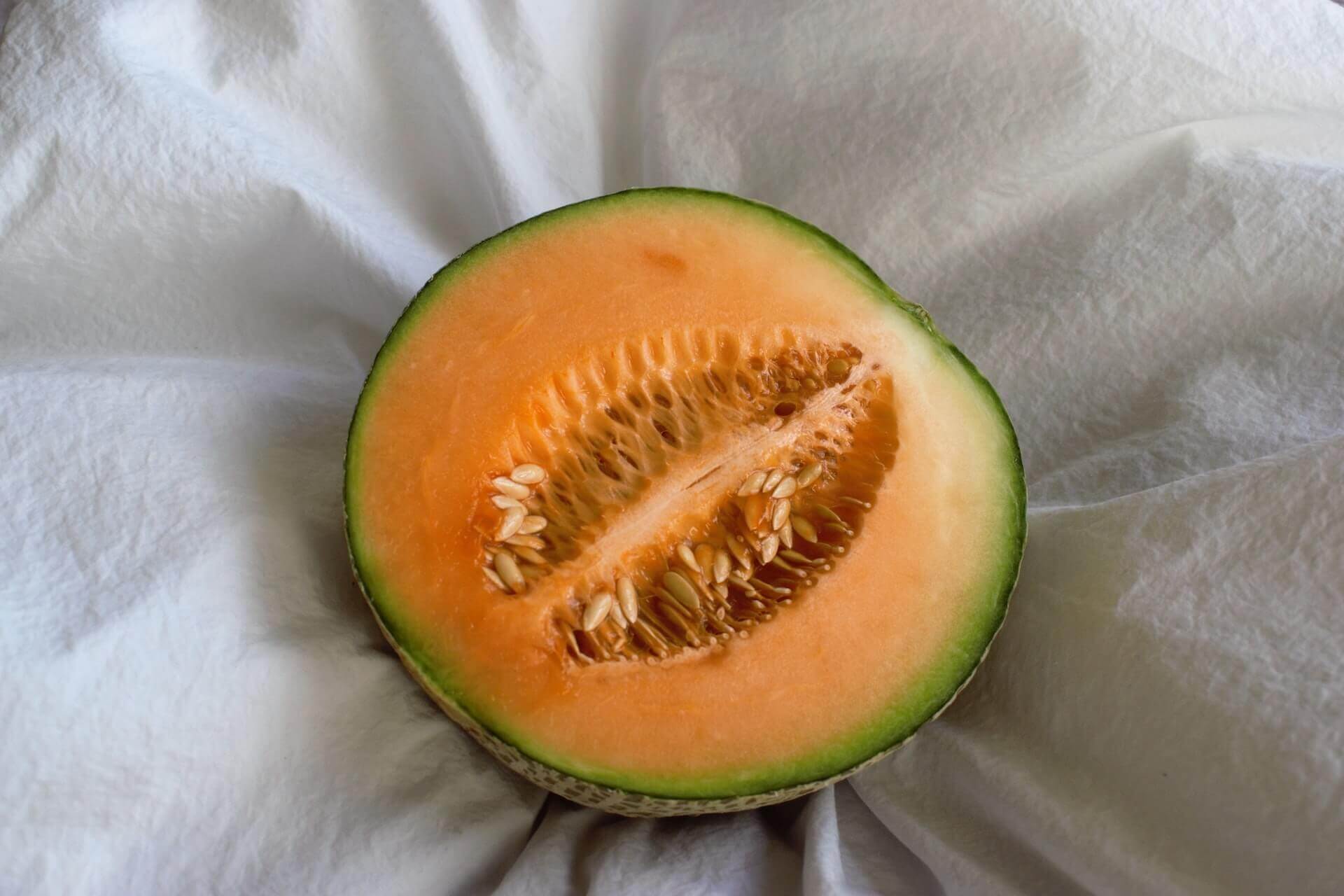
- Image 3: This image is a infographic that shows the benefits of companion planting cantaloupe with other plants, such as attracting pollinators and deterring pests.
- Image 4: This image is a diagram that shows the ideal spacing for planting cantaloupe, as well as the best companion plants to plant nearby.
- Image 5: This image is a photo of a garden that has been planted using the principles of companion planting, with cantaloupe, marigolds, and nasturtiums all growing together.

Post a Comment for "The Ultimate Cantaloupe Companion Planting Chart"